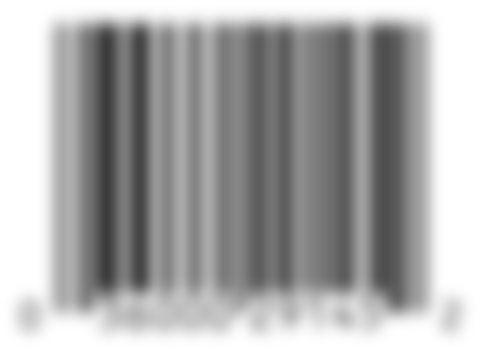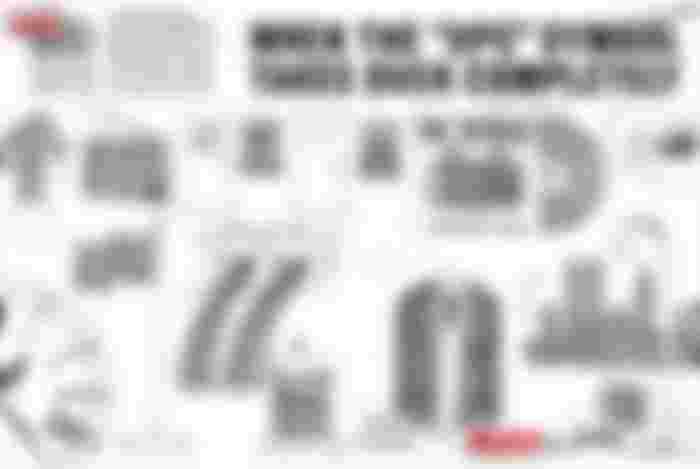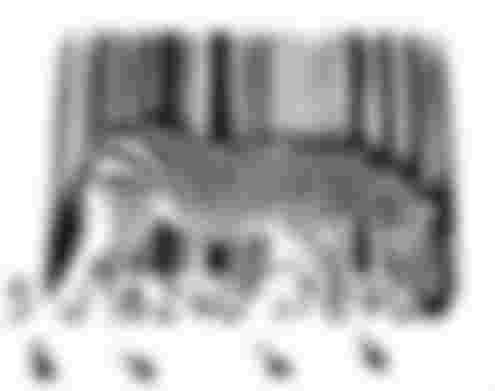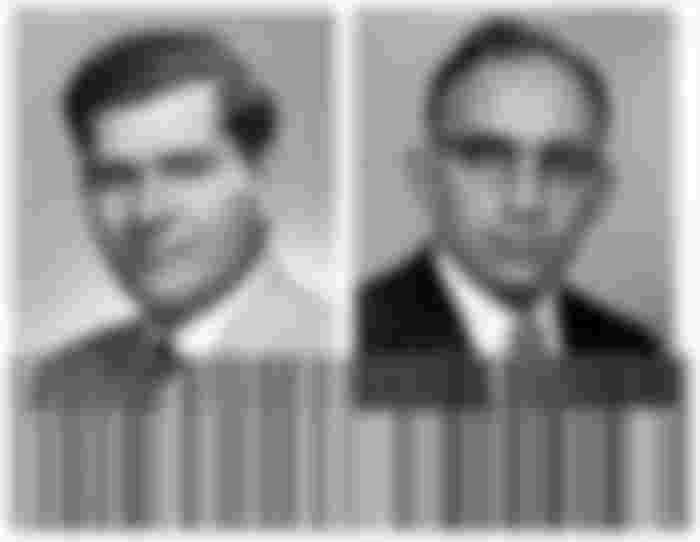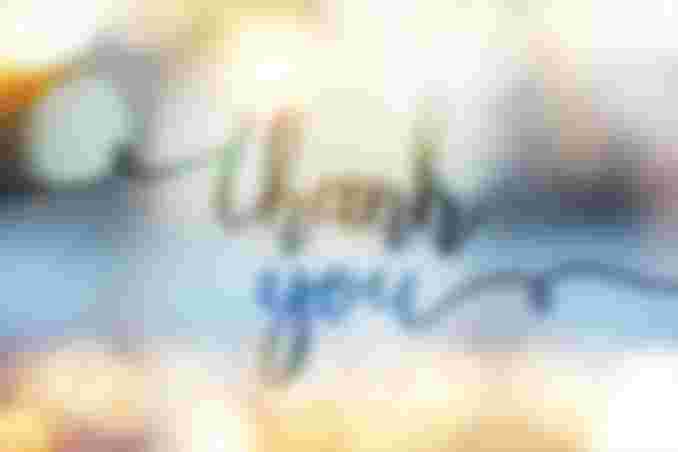Dear virtual friends! 7.04.2021.
Yes, the saying "A man learns while he is alive" is really true.There is simply no day when you do not learn something new and gain knowledge.Simply 24 hours, as long as the day lasts, are not enough to satisfy your curiosity, read books, open encyclopedias.Today, I was wondering why the evergreen tree from which resin or amber was obtained disappeared.I didn't have time to research.So I found another answer and a story. How the bar code came about. I think you will find it interesting.

In the early 1930s, student Wallis Flint came up with an ingenious idea that could drastically speed up shopping in stores: he thought that card customers would mark the products they chose in the store, which would speed things up a lot when they come to the checkout. But, no matter how advanced and useful his idea sounded at that time, it was not widely used.

After the Second World War, a new great idea arose: the young teacher Norman Joseph Woodland further elaborated on this problem. He thought that the products in the shop would be marked with ink that would be visible under ultraviolet light. This proved to be expensive and not very reliable due to the spillage of ink, so Woodland came up with something better: a combination of a bar code and a Morse code. The first reader like this was the size of a desk, a dark box with a very strong light bulb (first 150 and 500 watts), so the sellers did not like the idea of buying and installing a large number of such readers that heated and damaged the eyes a lot. Such a thing required a large amount of light precisely directed to a small area - a laser, which was not even in sight then, at least not like today.

The system was patented in 1952 and sold for only $ 15,000.
The BBC reports that barcodes are read more than five billion times a day in stores around the world.
As many as 22 years passed from the creation of the barcode to its use, because the product was so ahead of its time that there was no laser technology for its scanning.
The first product to be scanned was a packet of chewing gum in Ohio in 1974.
Norman Joseph Woodland died at his home in New Jersey at the age of 91 in 2012.

In the 1960s, MIT graduate David Collins tried to devise a way to recognize railroad cars. Instead of white and black dashes, he invented blue and orange stripes made of reflective material. These lines represented the digits from 0 to 9. Each wagon had a four-digit number indicating which railway the wagon belonged to, and six more digits to identify the wagon itself. In the late 1960s, when his idea became well received, Collins approached his company Silvania again with the idea of making a black-and-white code, but they rejected it, explaining that there was no money to invest. Collins then resigned and founded his own company, and Silvania never got rich from the blue-orange stripes.

Then came lasers that traced thin bar-shaped rays over barcodes. It works by having the black bars absorb light while the white ones reflect it, thus sending an on / off signal to the sensor. Each code has twice six numbers. The first number in the code is always zero, except for meat and products whose weight varies, as well as several others. The next five numbers are with the manufacturer, the next five are the product label and the last number is the control number and it shows whether the previous 11 is well read. The bar code proved to be very handy as the code could be read from a variety of angles, even if it was partially torn.
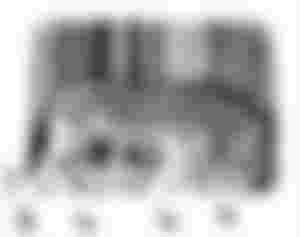
In the 1970s, the end customer of Woodland's patent, RCA, threw himself into further product coding, and at the same time, Woodland continued to work for IBM, where he developed the Universal Product Code (UPC), which eventually accepted by the whole industry.
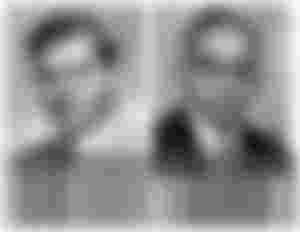
Source Historical entertainer, images downloaded from google

